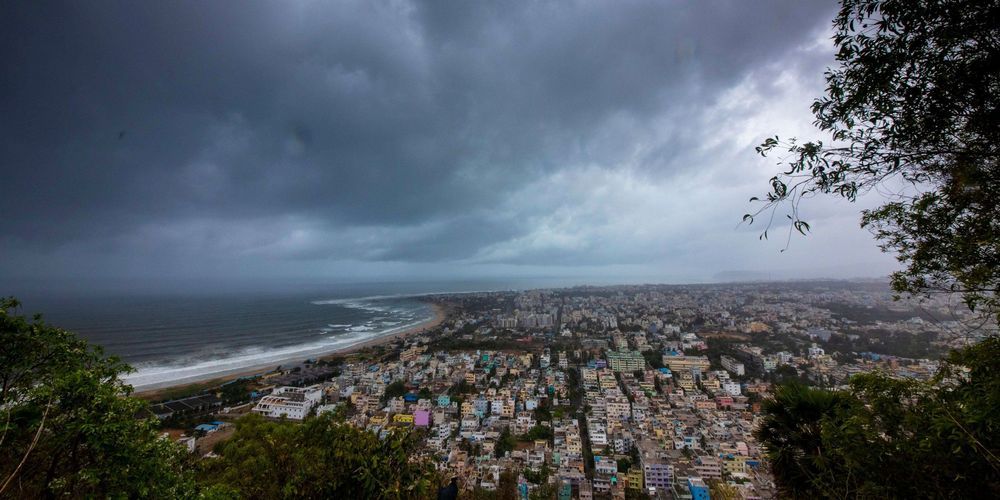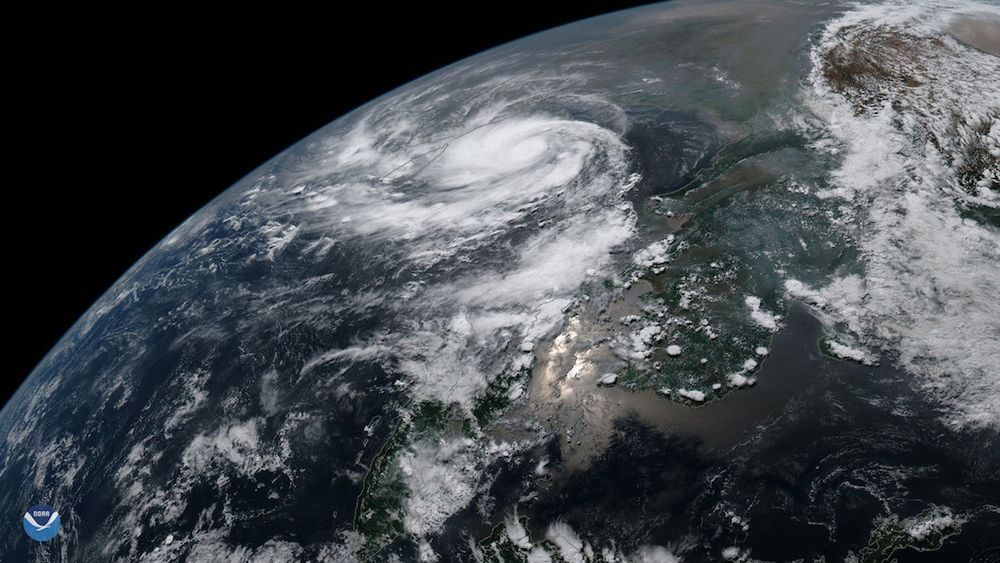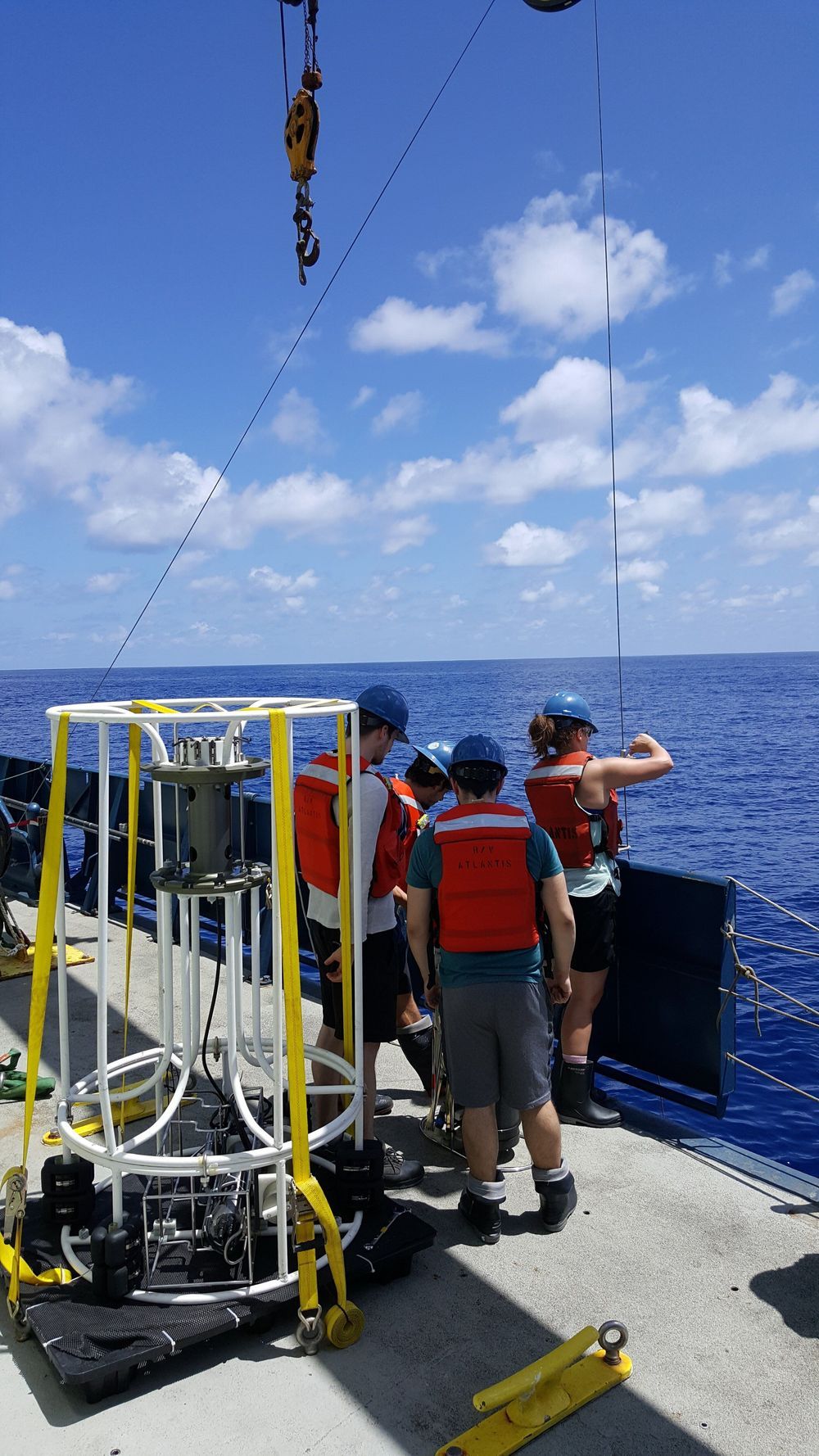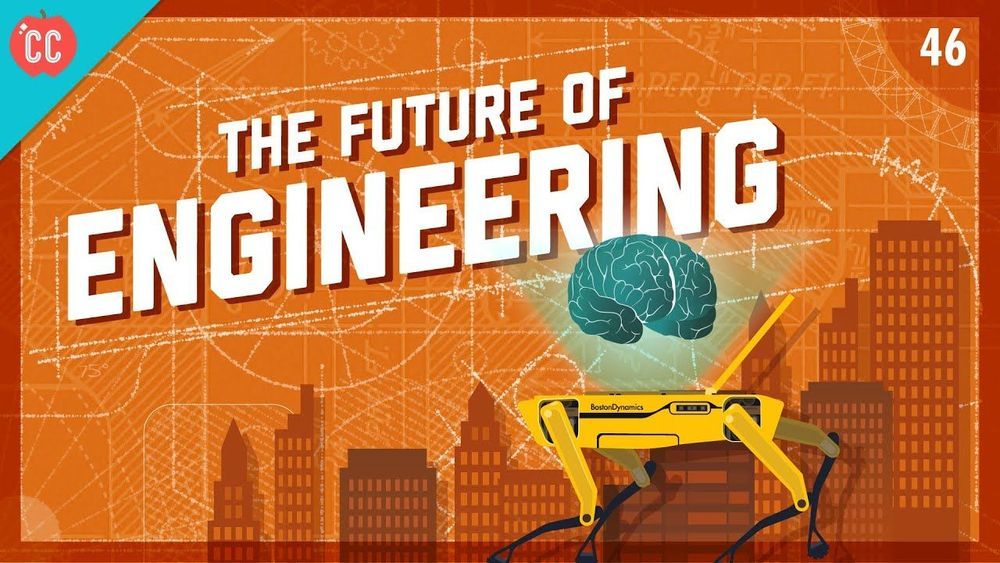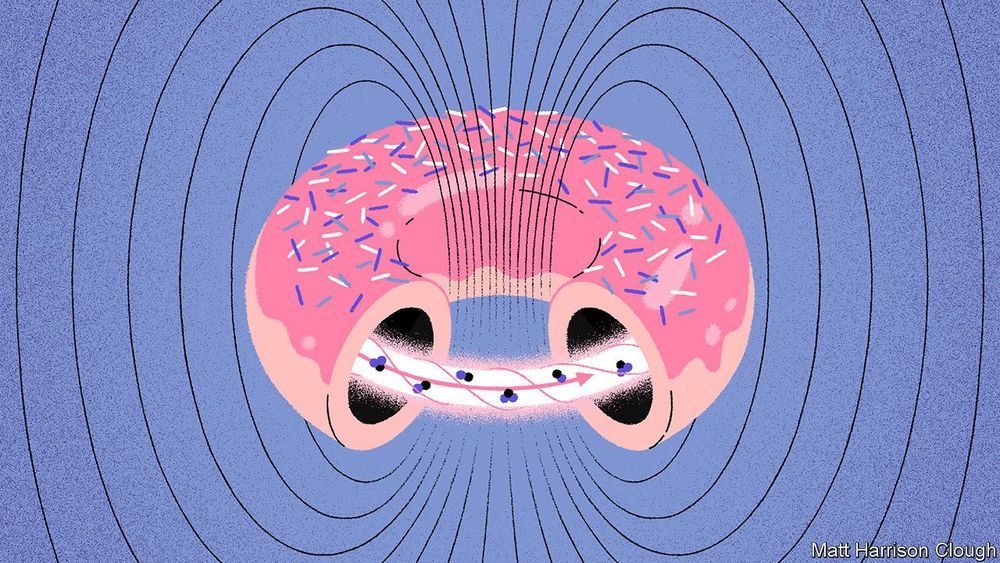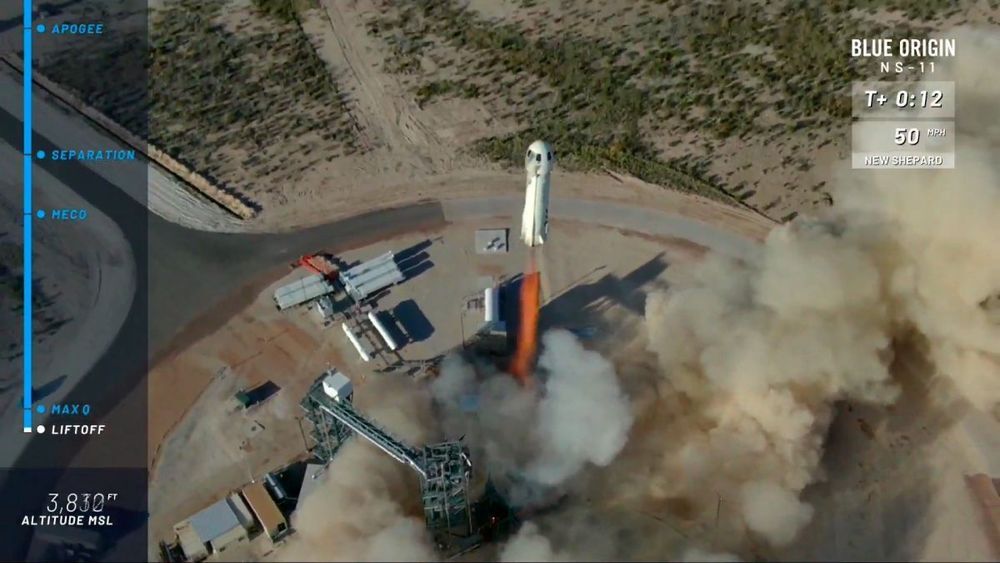Your package could arrive one day sooner.
A massive cyclone is set to batter India over the next few days, spurring the biggest evacuation in the country’s history.
The extremely severe cyclone, dubbed “Fani,” is pummeling the Bay of Bengal and is projected to make landfall by Thursday night with approximately 120 mph (190 km/h) winds, with gusts up to 130 mph (210 km/h), according to the India Meteorological Department (IMD). Fani is also likely to bring “phenomenal” sea conditions in parts of the Bay of Bengal, according to the IMD.
More than 100 million people are in the path of the devastating cyclone, and nearly 900,000 people have been ordered to evacuate, the Associated Press reported. About 100,000 of those people are from the city of Puri, in the state of Odisha, which is home to the 858-year-old Jaganath Temple, the BBC reported. Officials fear that this ancient temple could be damaged by the cyclone.
Arsenic is a deadly poison for most living things, but new research shows that microorganisms are breathing arsenic in a large area of the Pacific Ocean. A University of Washington team has discovered that an ancient survival strategy is still being used in low-oxygen parts of the marine environment.
“Thinking of arsenic as not just a bad guy, but also as beneficial, has reshaped the way that I view the element,” said first author Jaclyn Saunders, who did the research for her doctoral thesis at the UW and is now a postdoctoral fellow at the Woods Hole Oceanographic Institution and the Massachusetts Institute of Technology.
The study was published this week in the Proceedings of the National Academy of Sciences.
Dubbed by one scientist as, “probably the most important paper to be published in the field of dementia in the last five years,” a team of researchers has described a newly defined neurodegenerative disease that closely mimics the symptoms of Alzheimer’s, but which has an entirely different pathological cause.
In our final episode of Crash Course Engineering we are going to take all the tools and ideas we’ve discussed throughout this series and try to imagine where we’re headed. We’re going to explore some of the biggest problems that today’s engineers are trying to solve and make some guesses about what the future of the field might look like.
Crash Course Engineering is produced in association with PBS Digital Studios: https://www.youtube.com/playlist?list=PL1mtdjDVOoOqJzeaJAV15Tq0tZ1vKj7ZV
RESOURCES:
http://www.engineeringchallenges.org/
https://www.wired.com/2016/03/inside-cunning-unprecedented-h…ower-grid/
https://www.ncbi.nlm.nih.gov/pmc/articles/PMC3866520/
***

